*The image is view from the “Atami Villa (Kyu Hyuga Bettei)”
Today is a side story of Bruno Taut “Atami Villa” 1 / Bruno Taut “Atami Villa” 2.
I wrote about the guide when I visited the Atami Villa in the last article, I introduce about wonderful leanings from the guide.
Taut found the Japanese beauties in Katsura Imperial Villa, Ise Shrine and Shirakawago, and he disseminated them to the word by his books. Today’s blog is about why Japanese architectures attract him.
First, the “Unostentatiousness”.
Katsura Imperial Villa is a “Villa” and Ise Shrine is a “Religious Facility”, but they are humble and simple. The colors from nature are modest. On the one hand, Western villas and religious facilities are gorgeous, also they are colorful. They are opposite of Japan. The architectures are modest in Japan and they are gorgeous in the Wet, but how about clothes? Japanese traditional clothes are Kimono, right it is very colorful and gorgeous. The color of the upper class more vividly, more layers and the hairstyle becomes big and gorgeous. The clothes in the West is dress, dresses look modest and colorless, especially in the Middle Ages.
Japanese culture which is gorgeous clothes look best in the modest space, and Western culture which is modest clothes look best in the gorgeous space. I see, both has good balance.
The second is “Tokonoma” (alcove in a traditional Japanese room where art or flowers are displayed recess)
The numbers of house which has Tokonoma is decreasing recently but there used to be Tokonoma every house to enjoy arts or flowers. It is said that Tokonoma exists in 1330’s already, which means people had an idea and habit of enjoying art I guess. There is Tokonoma in my parents’ house, Tokonoma was placed as usual for decades ago. I think it is nice idea to place Tokonoma again, and enjoy every art from traditional to contemporary at any genres.
*Not Tokonoma but there is a space to enjoy art at Taut’s Atami Villa.
The final third one is “Engawa”, part of the building made by wooden floor which stands along the room side and protrudes to the outside of the room space,which is supported by the pillars below the wooden floor, which looks like a corridor and is often seen in Japanese old wooden house.
For me, Engawa is a comfortable space such as having a chat, playing board games, cat taking a nap there, eating water melons in Summer. I have never thought about Engawa before, it is interesting and something mysterious space actually. This is also uniqueness of Japanese architecture, it works as connect outside and inside. The fuzziness of not outside and not inside is the same idea like not making a boundary clearly, it is a symbol of Japanese culture.
“Engawa” is also romantic space. A famous personage man (he is a playboy) talked about love on Engawa, and I think it is nice to admire the sunset or the moon there.
The architect Kengo Kuma said that the Atami Villa is Engawa itself, Taut designed the cellar as a big Engawa Mr. Kuma guesses. Oh nice point of view!
I said wow! to every explanations of the guide, learning about Japanese culture is really fun to me.
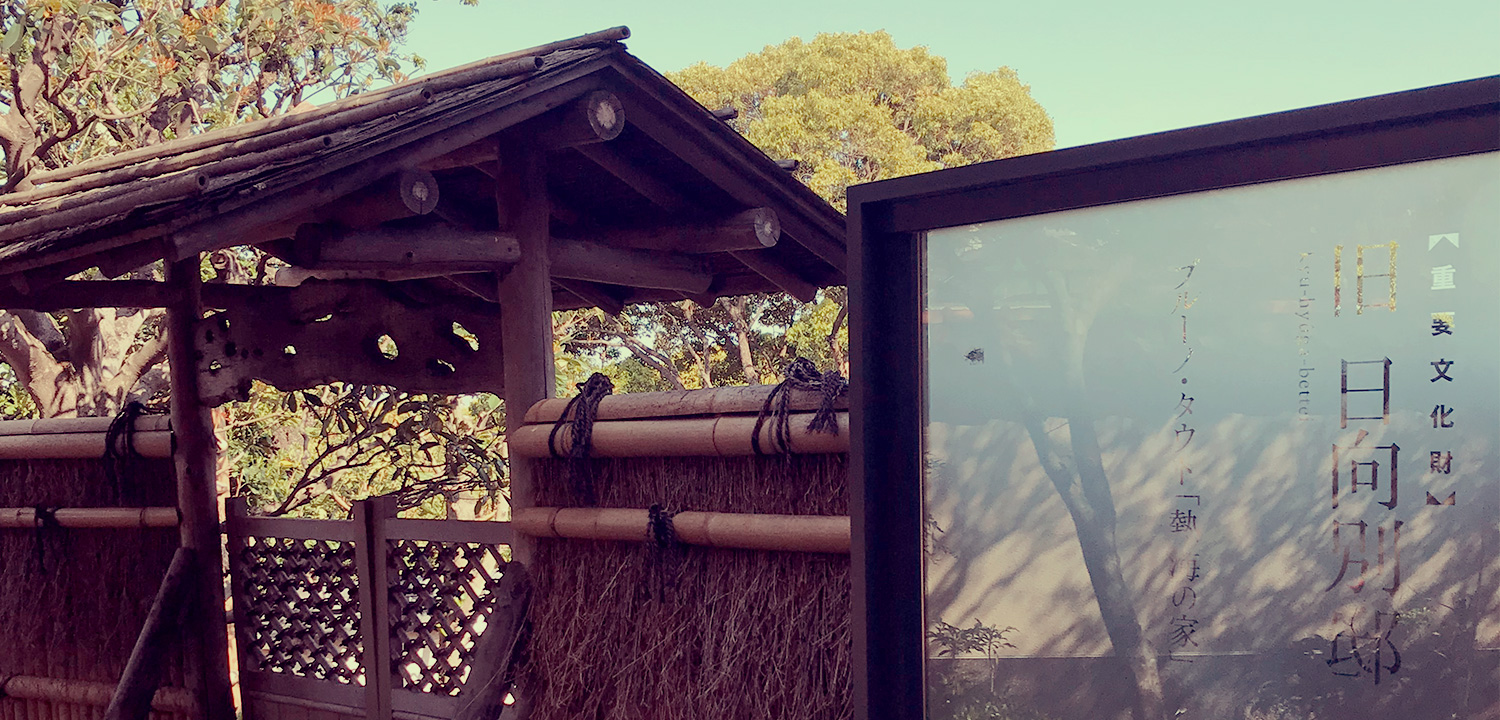
The villa will be closed for four years from the later 2018 because of restoration. Please visit there if you like.
|
<Bruno Taut “Atami Villa” (Kyu Hyuga Bettei) Access and Information> Adults 300 yen・Junior high school students 200 yen and elementary school age students are free TEL. 0557-86-6232 (Atami City) *Opens only Saturday, Sunday and Holidays Atami city website |


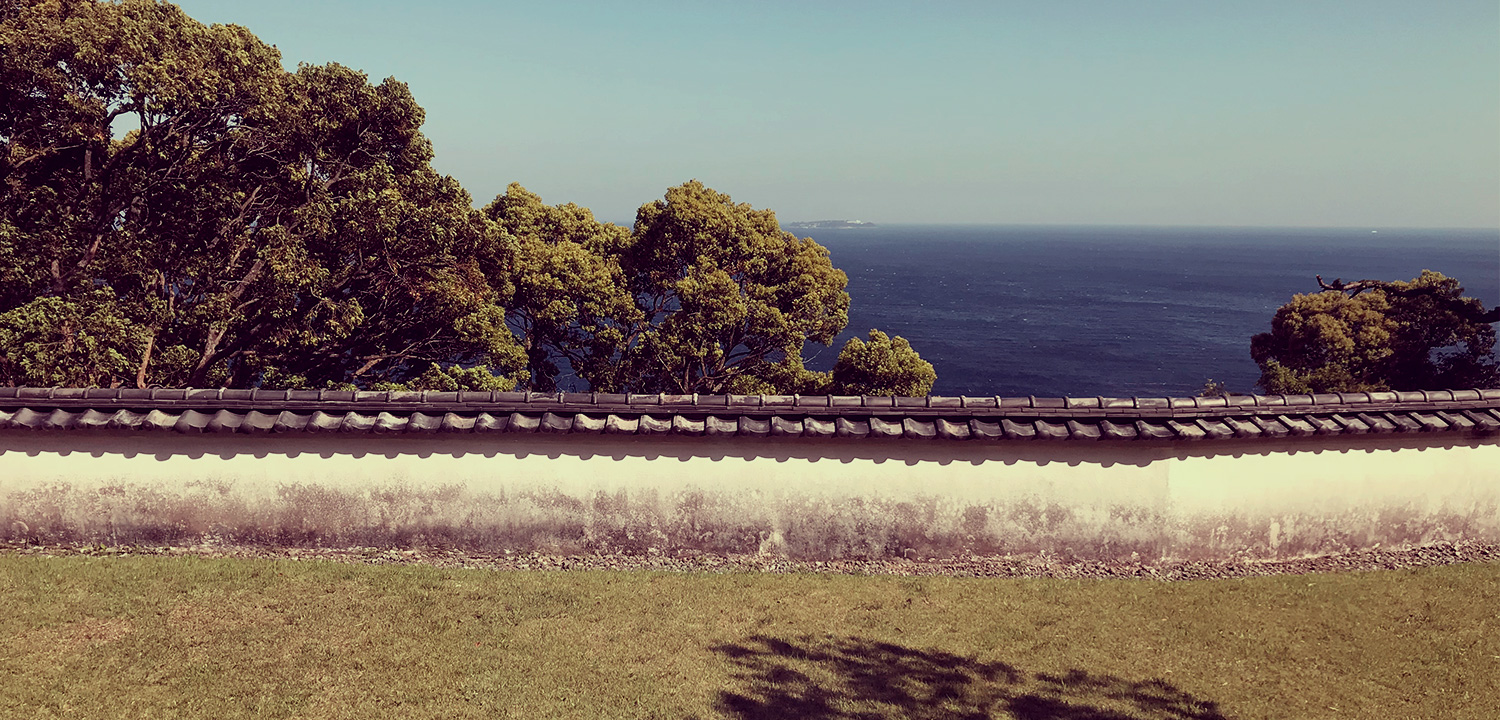
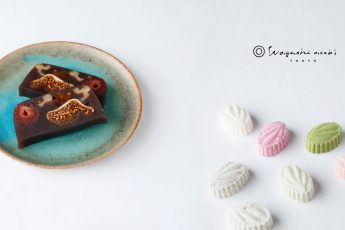

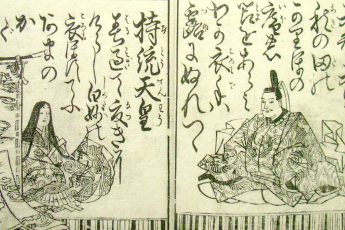
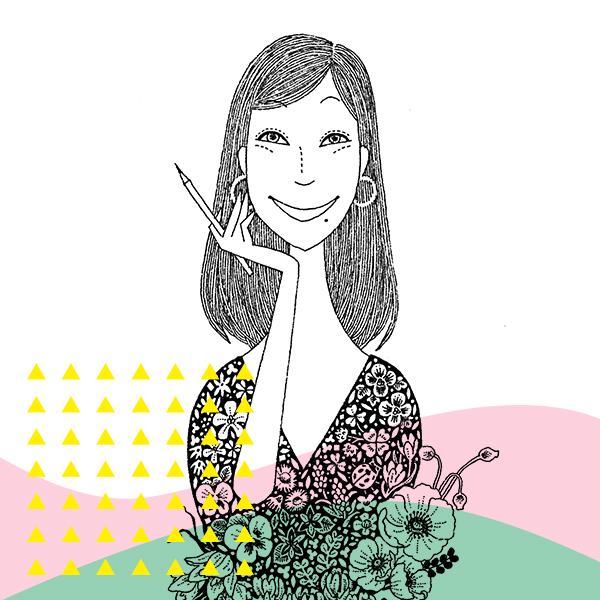

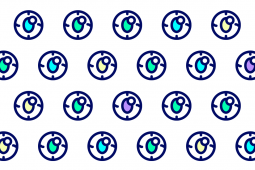

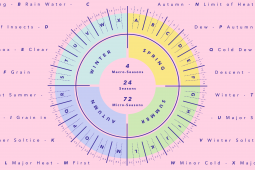
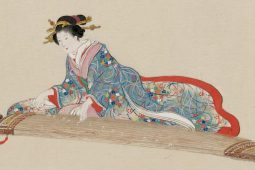


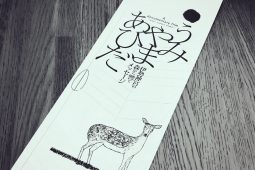

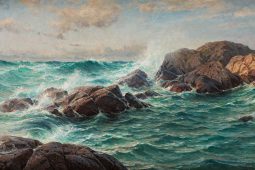
Leave a Comment